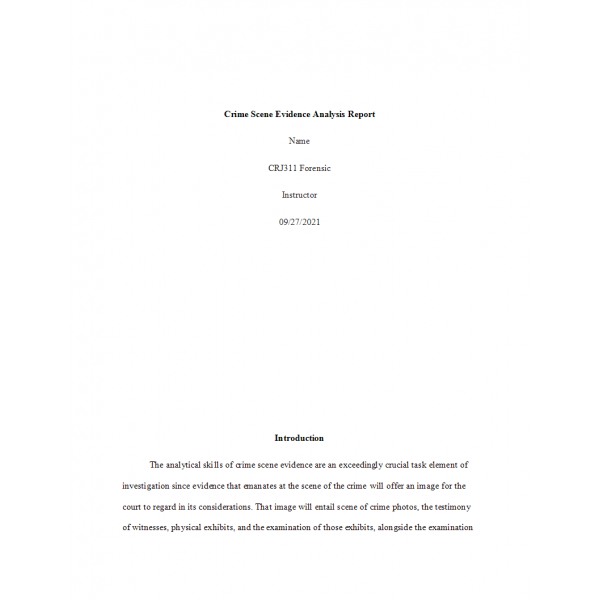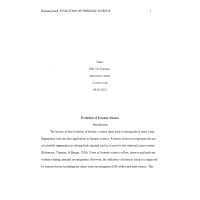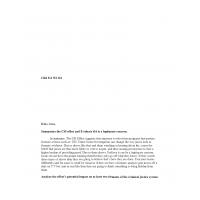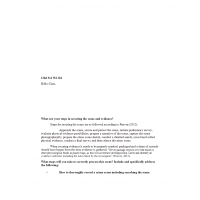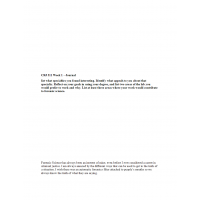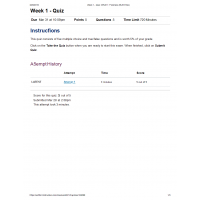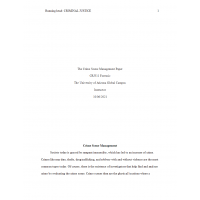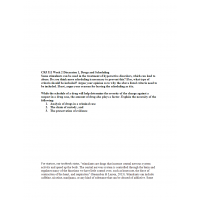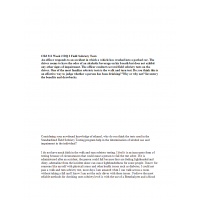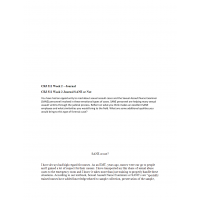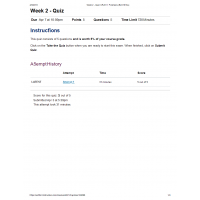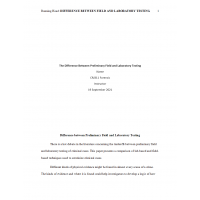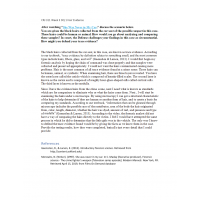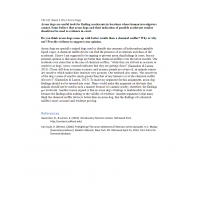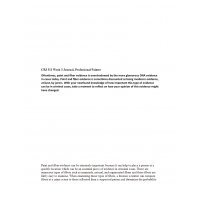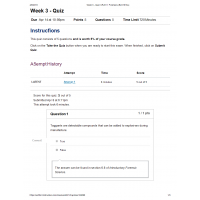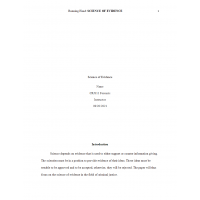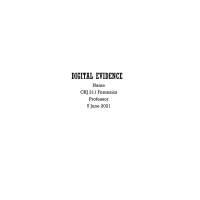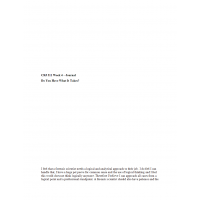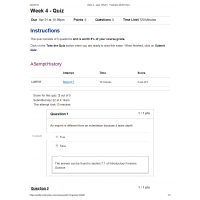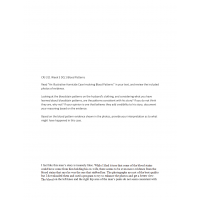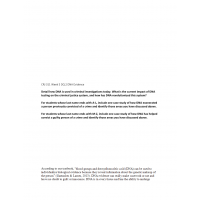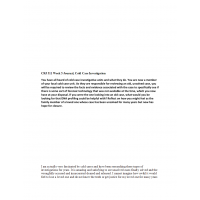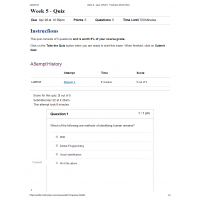CRJ 311 Week 5 Assignment, Crime Scene Evidence Analysis Report
CRJ 311 Week 5 Final Paper Role of Forensic Science (History, Analysis, Crime Scene Reconstruction)
In order to complete the Final Paper, watch one of the following videos:
- Santy, C. (Director). (2007). Welcome to homicide [Television series episode]. In J. Brenkus& M. Stern (Executive producers], Crime 360. New York, NY: A&E Television Networks. Available from the Films On Demand database.
- Terra Nova Films, &The National Clearinghouse on Abuse in Later Life (NACALL) (Producers), &Vanden Bosch, J. (Director). (2012). He wouldn’t turn me loose: The sexual assault case of 96-year-old Miss Mary [Documentary]. United States: Terra Nova Films. Available from the Films On Demand database.
“Welcome to Homicide” discusses a homicide in Richmond, VA. He Wouldn’t Turn Me Loose: The Sexual Assault Case of 96-year-old Miss Mary discusses the sexual assault of a 96-year-old woman.
You will apply the theories and methods learned throughout the course to create an eight- to ten-page-paper, which includes insight into the role of forensic science, the applications of forensic science for use within the evaluation/processing of major crime scenes, and its role in the criminal justice system.
You will provide a comprehensive history of forensic science, a review of a crime scene, including management, security, preservation of evidence, as well as identification and analysis of said evidence. At a minimum, your research and information for the research you will complete the following:
- Outline of a brief history of forensic science. Include important occurrences, events, and findings that contributed to the development of forensic science, especially as it relates to evidence located and evaluated at your crime scene.
- Discuss the actions of the initial response to your crime scene and what processing steps this would include, such as surveys, searches, documentation sketches, etc. Include a discussion regarding where you scene is located and what, if any, Fourth Amendment issues exist that should be addressed.
- Identify, collect, preserve, and analyze at least three different pieces of evidence detailed in the above crime scene.
- Discuss the analysis of above mentioned evidence and what information can be gleaned from this type of forensic science.
- Summarize your findings for crime scene reconstruction as if you were presenting this case to the District Attorney for possible prosecution
| Institution & Term/Date | |
| Term/Date | Ashford University |
-
$12.00

